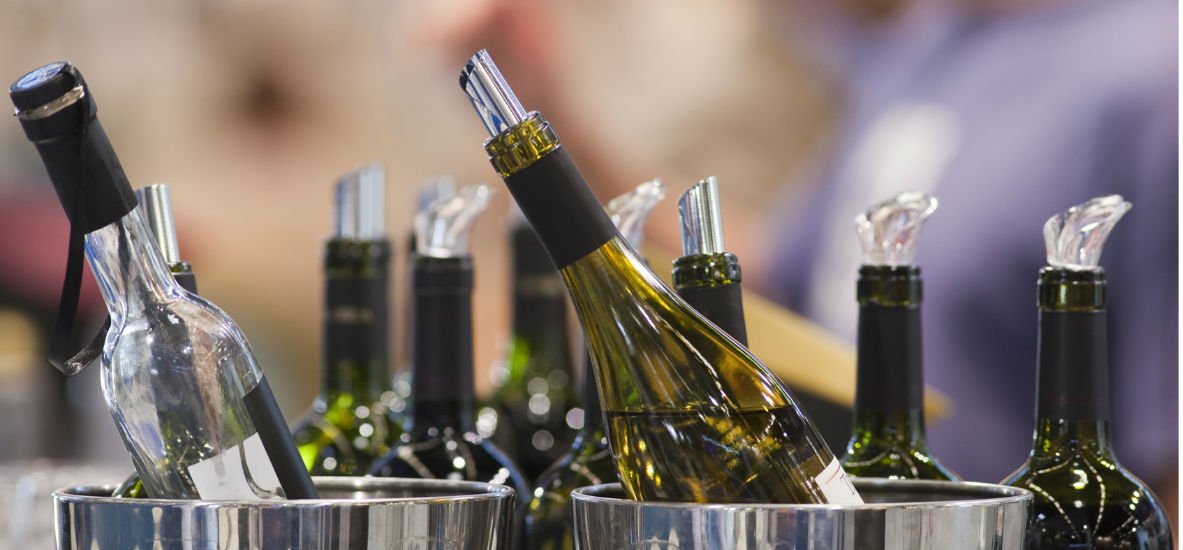
Death of the 100-Point Wine Scale?

Perhaps it is “time.” Rather, it is time. As many traditional tyrannies go, quite crudely I might add, there is a so-called revolutionary changing of the guard (violent or otherwise), followed by a celebrated rise and initial rule where everyman is held as the victor (by the rulers and everyman alike). Then, there is a lull, where complacency has set in but favor begins to waver. This is followed by a volatile period when rule is questioned, but time-and-again re-established by brute force or sheer power. Finally, a new age cued to by a bang (overthrow) or a whimper. In the case of Robert Parker’s reign, it seems to be the latter, a waning presence punctuated by the occasional outburst from both sides of the argument. And while his impact is undying — the effect he has had on the American palate and wallet, will be forever felt — it is time to move on.
Before we get into the nitty gritty, let’s make one thing very clear. As crudely (again outlined above), Parker is revolutionary, and without him and “The Wine Advocate,” wine’s inclusion into the mainstream would have happened a lot slower, if at all. Now in his late sixties, Parker, former lawyer-turned-Dionysian-wine-scorer, has inscribed himself not only into history books, but irreversibly on to store and cellar shelves. His official position among the rank of critics has publicly lessened — he recently sold off a significant part of “The Wine Advocate,” and passed down his Editor in Chief title to long-time Australian correspondent Lisa Perrotti-Brown — yet his 35 years as undisputed leader of the consumer wine guide (and consumer wine in general, for that matter) has determined drinking tendencies of countless millions of people. His subscription-based newsletter now reaches 50,000 people across the United States, as well as in 37 countries worldwide.
As almost anyone and everyone reading this will likely know, Parker’s scoring system is based on a 100 point scale, a 50 to 100 point range that has plenty of room for both the extraordinary (95 to 100, though Parker admitted the difference here is largely emotional) as well as the unacceptable (50 to 59). American culture being one that craves the easily quantifiable, this man’s final say was, indeed, all of our final say. You might liken it to Ralph Nader, or for our purposes, Robert Finigan. Though there were predecessors, including 20 point pioneer Dr. Maynard A. Amerine, none were as quickly and unquestioningly accepted as Parker. After all, Parker made it easy. By employing a standardized format — remember standardized testing in high school? — there was an unprecedented familiarity and, more importantly, relate-ability about wine. Novice drinkers no longer needed a palate to be a snob.
And it extended well beyond the demand side of consumer culture. In fact, in its transcendence of mere opinion, it was accepted as gospel, reaching and influencing even winemakers. Why wouldn’t it? Elin McCoy, author of The Emperor of Wine: The Rise of Robert M. Parker Jr., cites one Bordeaux shipper who claimed that “the difference between a score of 85 and 95 [for one wine] was 6 to 7 million Euro.”
However, there were issues with the 100 point scale. First and foremost, the so-called Parker Effect favors robust, fruity bombs — the taster has a well-documented obsession with Bordeaux and Rhône wines — as opposed to the more subtle and arguably more elegant varietals. The Parkerization of wine was homogenization of the palate. We were told to like a certain kind, and as blind consumers do, we thereby liked that certain kind, the one Parker was keen to enjoy. Then there was the bigger problem with the system itself. His upgrade from the Davis System (which deducted points for wines lacking in certain qualities) was an upgrade in the way of “proportionately” (according to Parker) weighing wine’s different components — 50 base; up to 5 points for color and appearance, 15 for aroma and bouquet, 20 for flavor and finish, and 10 for overall — but was still subjective and, quite frankly, arbitrary. It should be duly noted that these scales don’t take actual wine’s nuanced characteristics into account. They merely assigned values to general traits.
Also, it is no longer the seventies and eighties. Whereas back then, there were far fewer wines to choose from, increased accessibility makes employing a system like the 100 point scale narrow-minded. Additionally, a by-product of all this scoring and (let’s call it what it is) marketing is that the American Public is now better educated, curious and prone to make their own decisions on the only major service Parker offered, tasting it for themselves.
Parker has admitted: “No scoring system is perfect, but a system that provides for flexibility in scores, if applied by the same taster without prejudice, can quantify different levels of wine quality and provide the reader with one professional’s judgment. However, there can never be any substitute for your own palate nor any better education than tasting the wine yourself.”
In the end, the Parker Effect is exactly that — the Parker effect. Without the eponymous founder around, “power” is returned to the people, or in this specific situation, to critics who were largely ignored by the 100 point scale. As for “The Wine Advocate,” Parker will continue tasting and embracing Bordeaux and Rhône wines. But since Perrotti-Brown is based out of Singapore, and has spent over a decade in Asia, she will undoubtedly be influenced by those preferences. And those preferences are evolving. China, an undeniable wine superpower these days, began this landscape-altering obsession in Bordeaux and like-bodied wines of equitable reputation. But it has matured to explore other regions, including their own, in a home-grown winemaking initiative.
Sure, the point system has been adopted by contemporaries from “The Wine Spectator”(100 point) to Jancis Robinson and Clive Coates (20 point). Yet, emphasis or reliance on such a system is making way to the bigger (or smaller, depending on your viewpoint) grass roots movements around the world. In this way, intimate and local variances introduced by terroirs and their environments are seen as important and not cast aside to the discount bin of the “unknown.” Will there continue to be consumers who buy and drink by scales? Of course. Scales themselves are becoming more scientific and strangely personalized. But if there is any time in the last 35 years that Parker’s 100 point scale has looked its weakest, it is now.
A version of this article originally appeared on Grape Collective.
Images courtesy of Shutterstock



































